Egyptian Mythology
-
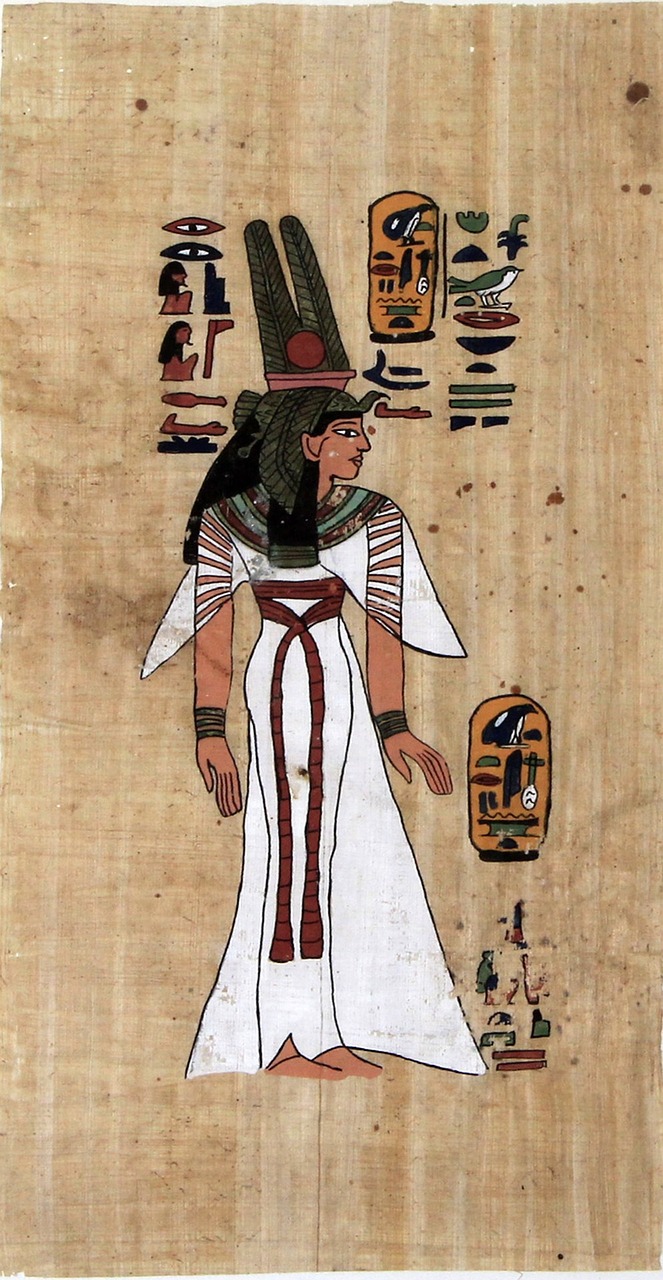
The Metropolitan Museum of Art houses an impressive collection of around 30,000 pieces of ancient Egyptian art, spanning from approximately 300,000 BCE to the 4th century CE. A notable portion of this collection is the result of the museum’s three decades of archaeological endeavors in Egypt, which began in 1906 due to a rising interest…
-
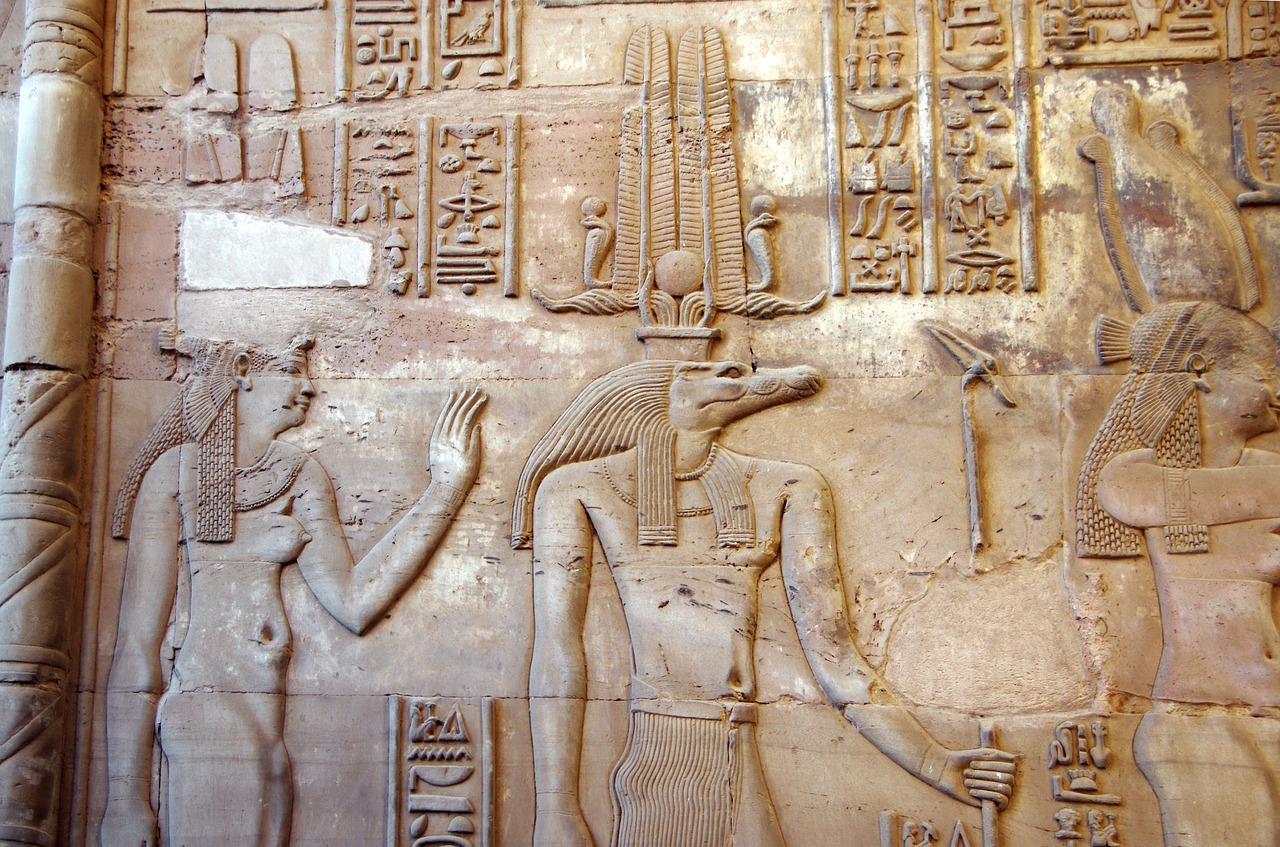
The Crocodile Deity Sobek The deity Sobek, often recognized for his distinct appearance, is a prominent figure within the Egyptian pantheon. Represented either as a man with a crocodile’s head or as a full crocodile, Sobek’s influence was closely tied to the Nile River. According to one legend, the river itself was formed from his…
-

Hieroglyphic writing is a system that utilizes visual characters, often in the form of images. These symbols, termed hieroglyphs, can be interpreted as direct images, representations of objects, or phonetic sounds. The term “hieroglyphic,” derived from the Greek word meaning “sacred carving,” first appeared in the texts of Diodorus Siculus in the 1st century BCE.…
-
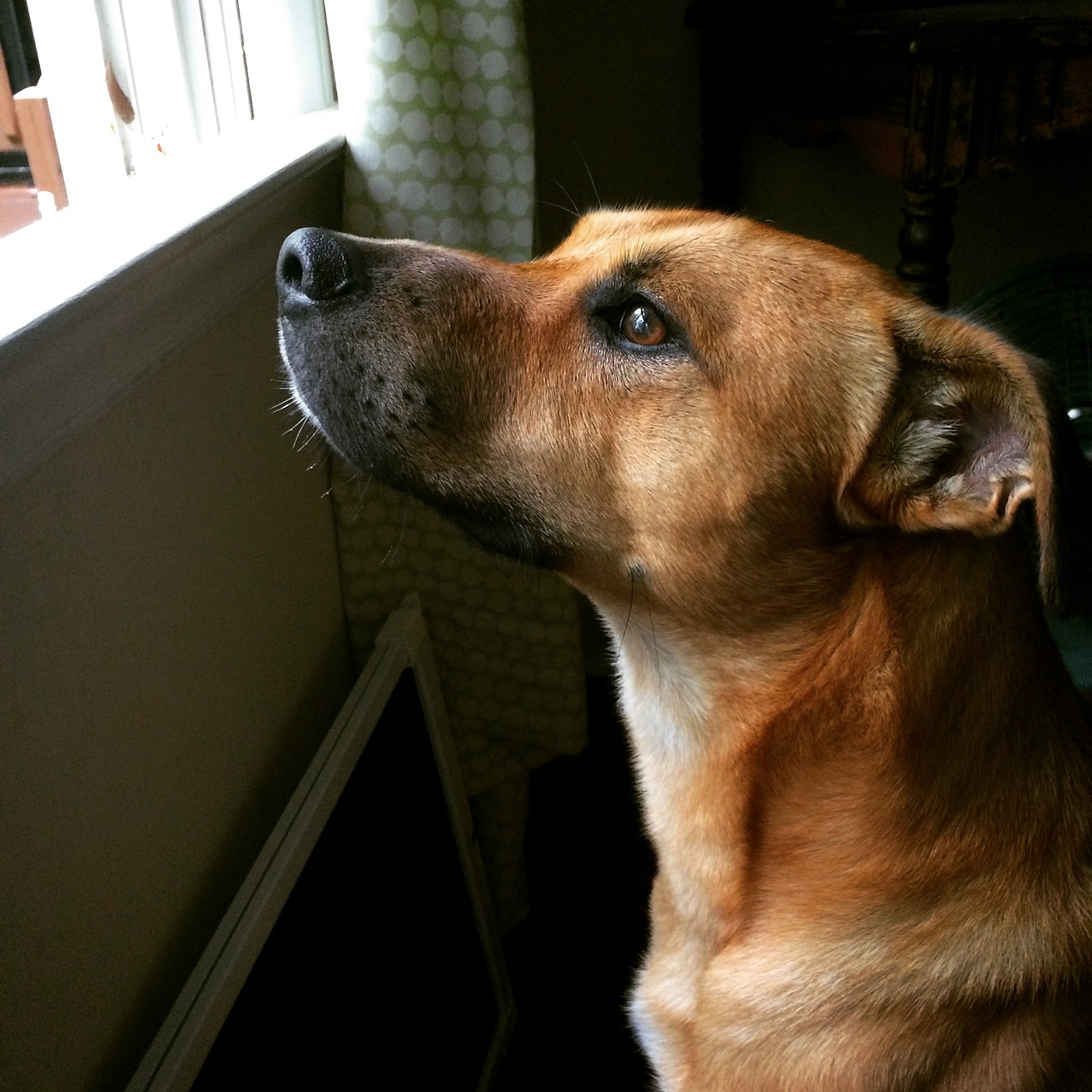
In the rich tapestry of Egyptian mythology and religion, Mut, sometimes referred to as Maut, is revered as a mother goddess with the distinctive head of a vulture. She is the wife of the prominent god Amon and the mother of Khons, forming a significant divine triad alongside Amon in Thebes. Depictions of Amon frequently…
-
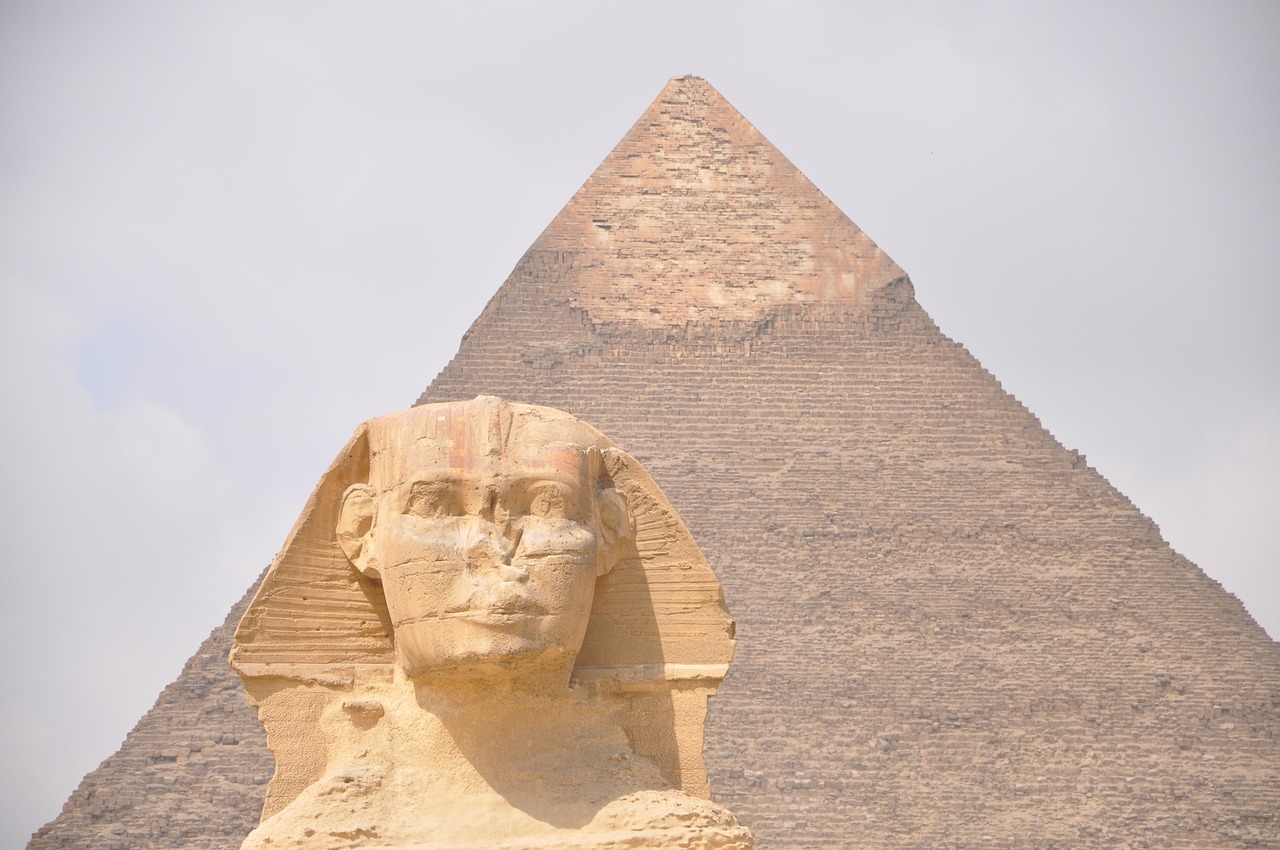
Hathor, an ancient Egyptian goddess, has long been admired as a complex figure in mythology. She is sometimes linked to other deities, including Isis, and even Sekhmet, but ultimately emerged as a principal goddess from whom other figures derived. Visually, Hathor is often represented as a woman with cow features, such as a cow’s head…
-
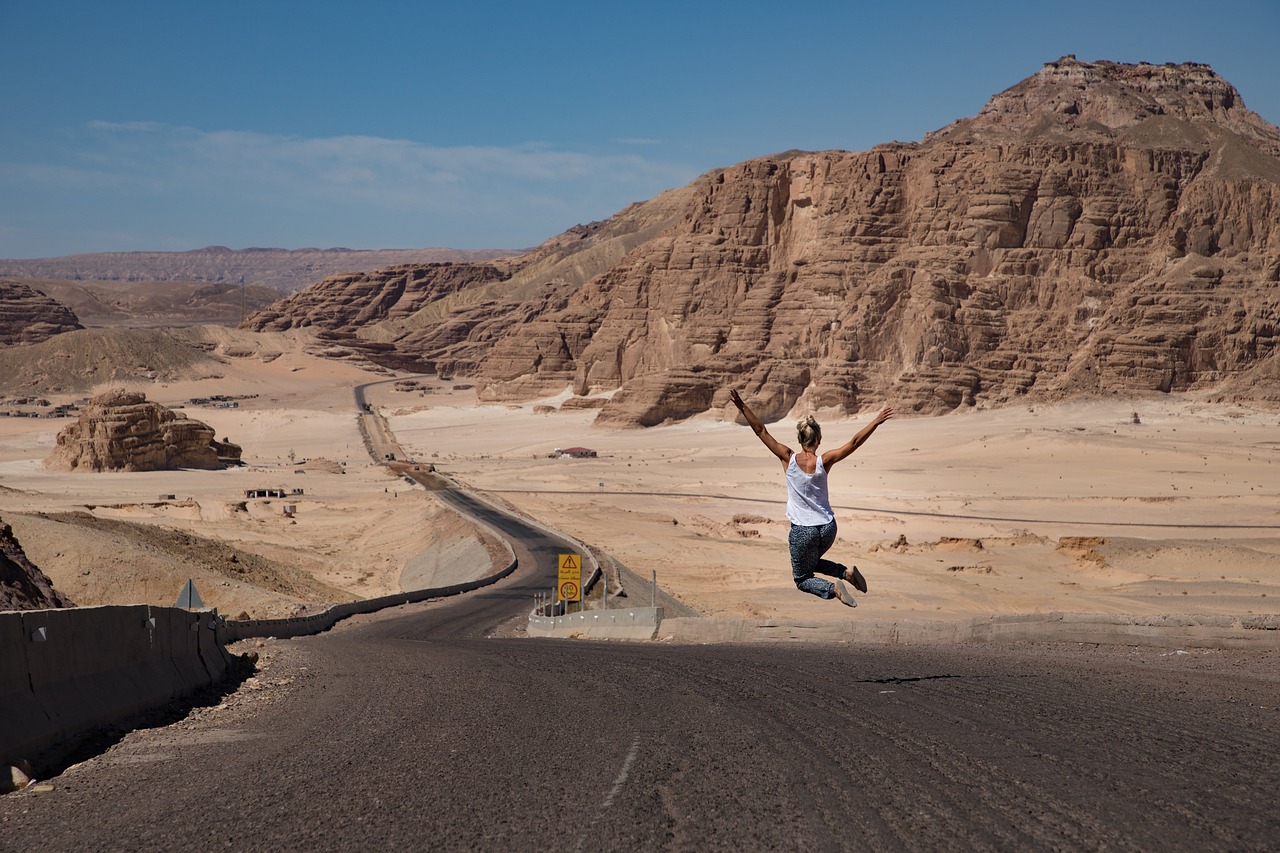
Amun, known also as Amon, Ammon, Amen, and Amun-Ra, stands as a pivotal deity in ancient Egyptian mythology, representing the sun and air. Emerging prominently during the New Kingdom period (around 1570-1069 BCE) in Thebes, Amun’s worship became deeply entrenched in the cultural and religious life of Egypt, proving to be one of the most…
-

Aker, alternatively referred to as Akeru, ranks among the ancient Egyptian deities symbolizing the earth. Historical accounts suggest that his veneration predates that of other recognized earth gods like Geb. Aker embodied the divine essence of the horizon and served as the keeper of the eastern and western horizons in the afterlife. It was Aker’s…
-
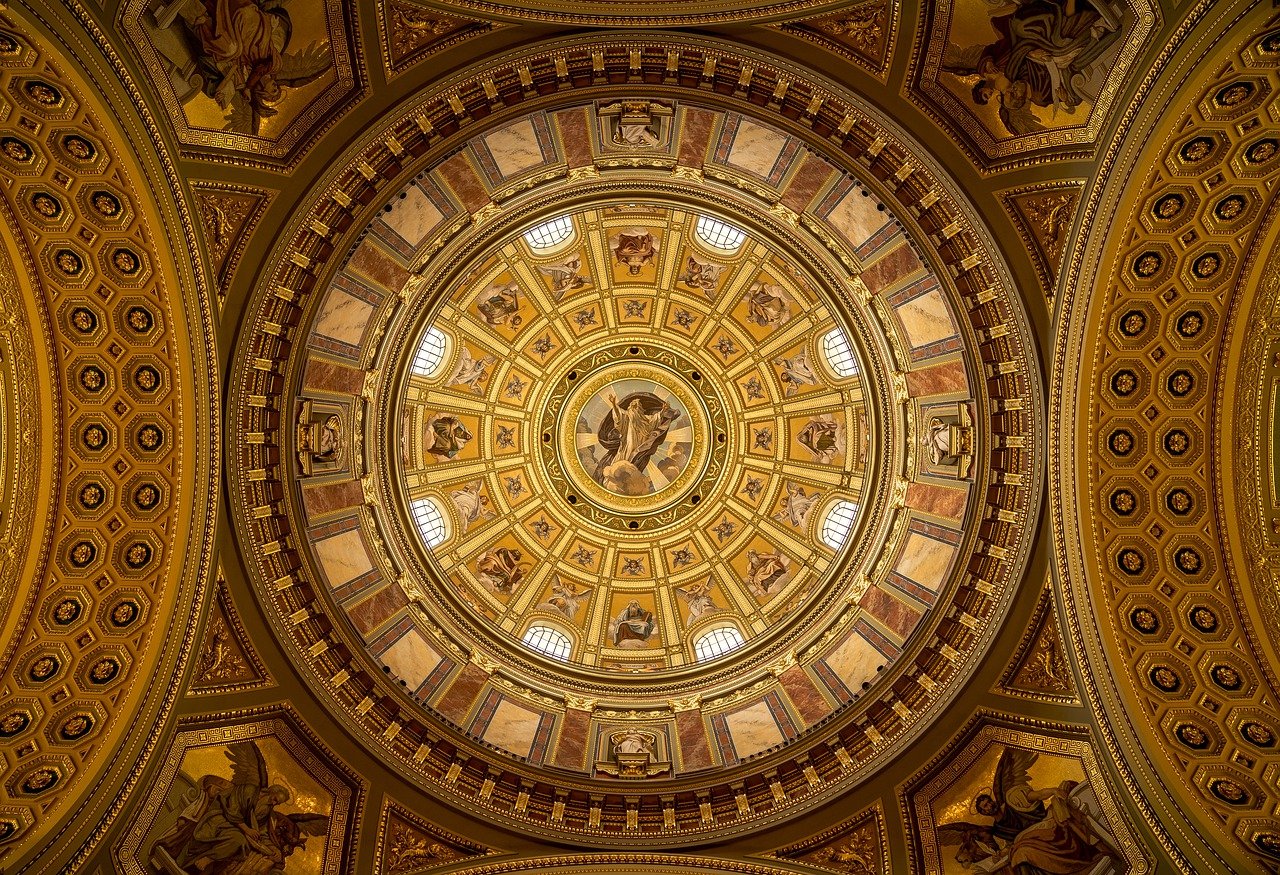
Ancient Egyptian Religion: An Overview of Beliefs and Practices The religion of ancient Egypt spans a vast timeline from the predynastic era (4th millennium BCE) until the early centuries CE when traditional cultural practices began to fade. Egyptian beliefs and rituals were deeply woven into the fabric of society after around 3000 BCE. While many…
-
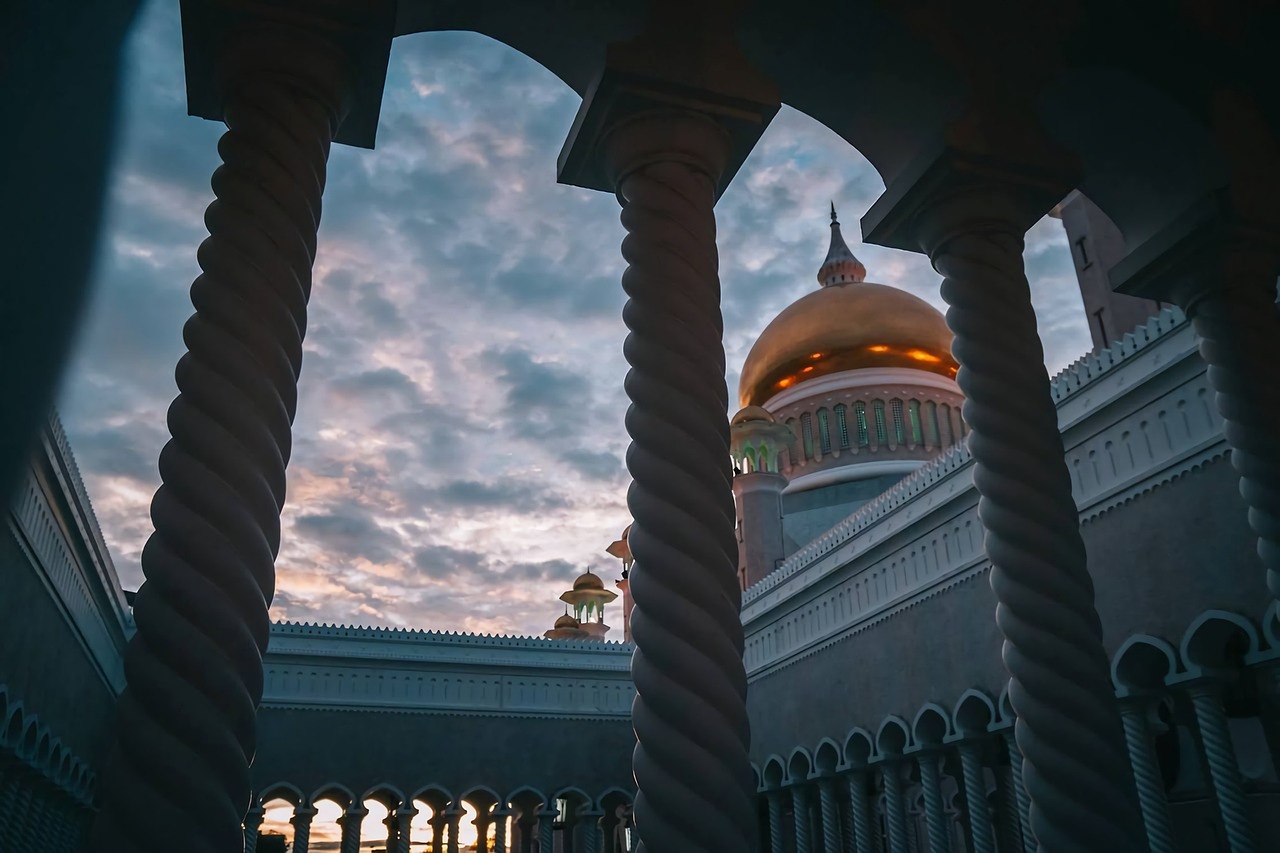
Nestled in the southwestern region of the Karnak Temple Complex on the East Bank of Luxor, the Khonsu Temple is celebrated as a prime illustration of a well-structured small temple from the New Kingdom era. Its construction began during the reign of Ramses III, but it was completed under subsequent rulers, including Libyan generals who…
-

Archaeological Discoveries Illuminate Worship Practices of Hathor in Ancient Egypt Recent excavations in the ancient city of Buto, located in Kafr El-Sheikh province to the north of Cairo, have unveiled an impressive array of relics linked to the worship of the goddess Hathor. Undertaken by the Egyptian Ministry of Tourism and Antiquities, the discovery by…


